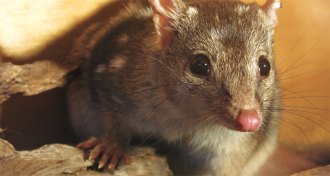Animals
-
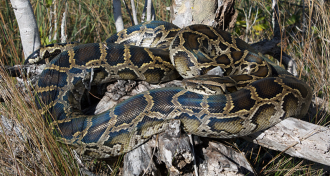 Ecosystems
EcosystemsEven fast-breeding rabbits can’t withstand Everglades python invasion
Even marsh rabbits in the Everglades can’t breed fast enough to keep their population going when Burmese pythons warm up for summer hunting.
By Susan Milius -
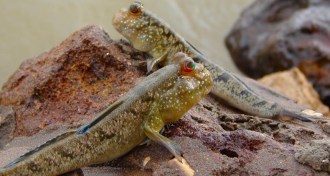 Animals
AnimalsMudskippers use watery tongue to slurp up snacks on land
When mudskippers move from water to land, they use a tongue made of water to move food to the back of their throat and into their stomachs.
-
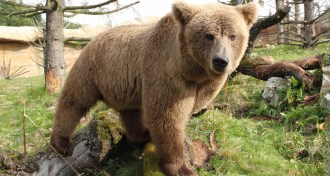 Animals
AnimalsEvidence of ‘yeti’ probably came from a Himalayan black bear
Last year, a genetic analysis revealed two hairs from an unknown species of bear in Asia. A new study finds that they belong to rare Himalayan black bears.
-
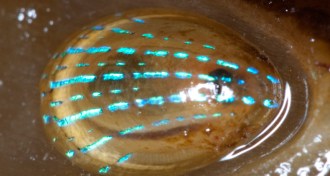 Animals
AnimalsSnail shell creates blue iridescence with mineral
Mollusk shines blue using calcium compound rather than organic molecule.
-
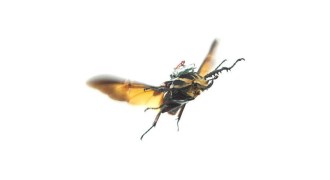 Life
LifeCyborg beetles reveal secrets of insect flight
Remote controlled beetles swoop to the rescue in insect flight simulations.
-
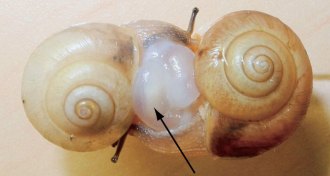 Animals
AnimalsGetting stabbed is no fun for land snails
When hermaphroditic land snails mate, they stab each other with “love darts.” But being darted comes at a price, a new study finds.
-
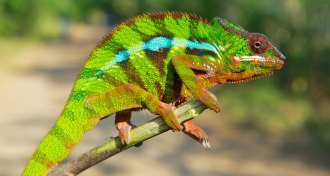 Animals
AnimalsNanocrystals explain chameleons’ color shifts
Tiny crystals embedded in chameleons’ skin reflect specific wavelengths of light based on their position, explaining how chameleons change colors.
By Beth Mole -
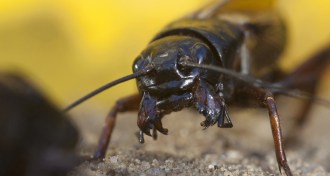 Animals
AnimalsA brain chemical tells when to fight or flee
Crickets tally the knocks they take in a fight, and flee when their brains release nitric oxide to tell them they’ve had enough.
-
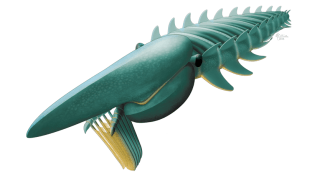 Paleontology
PaleontologyHow arthropods got their legs
New fossils reveal how arthropods evolved branching limbs.
-
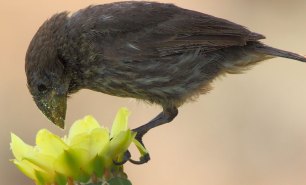 Animals
AnimalsFlowers make the menu for nearly all Galapagos birds
Almost every species of Galapagos land bird has been found feeding on the nectar and pollen of flowers. Such an expansion of diet has never before been observed.
-
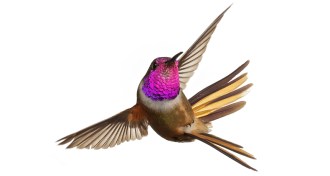 Animals
AnimalsHummingbird may get promoted
Not just a subspecies: A flashy, squeaky hummingbird should become its own species, ornithologists argue.
By Susan Milius -
